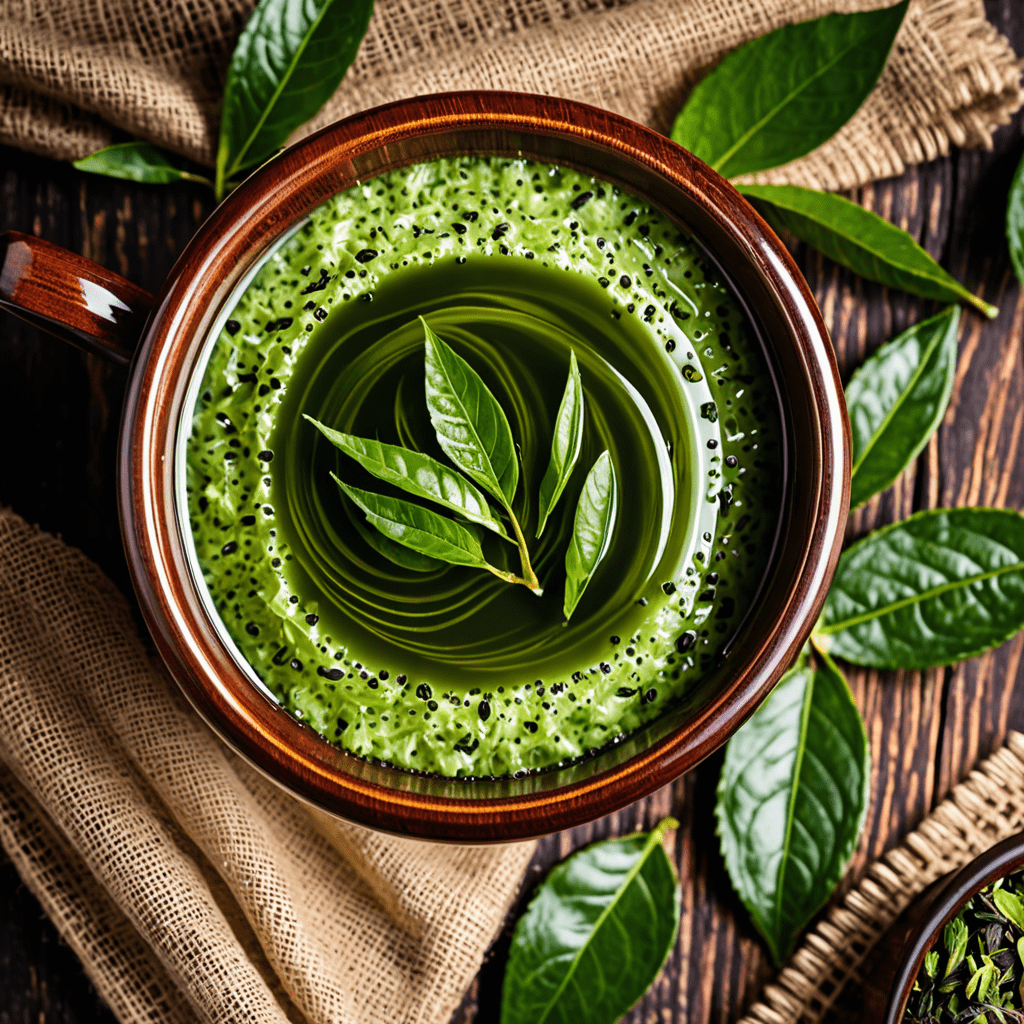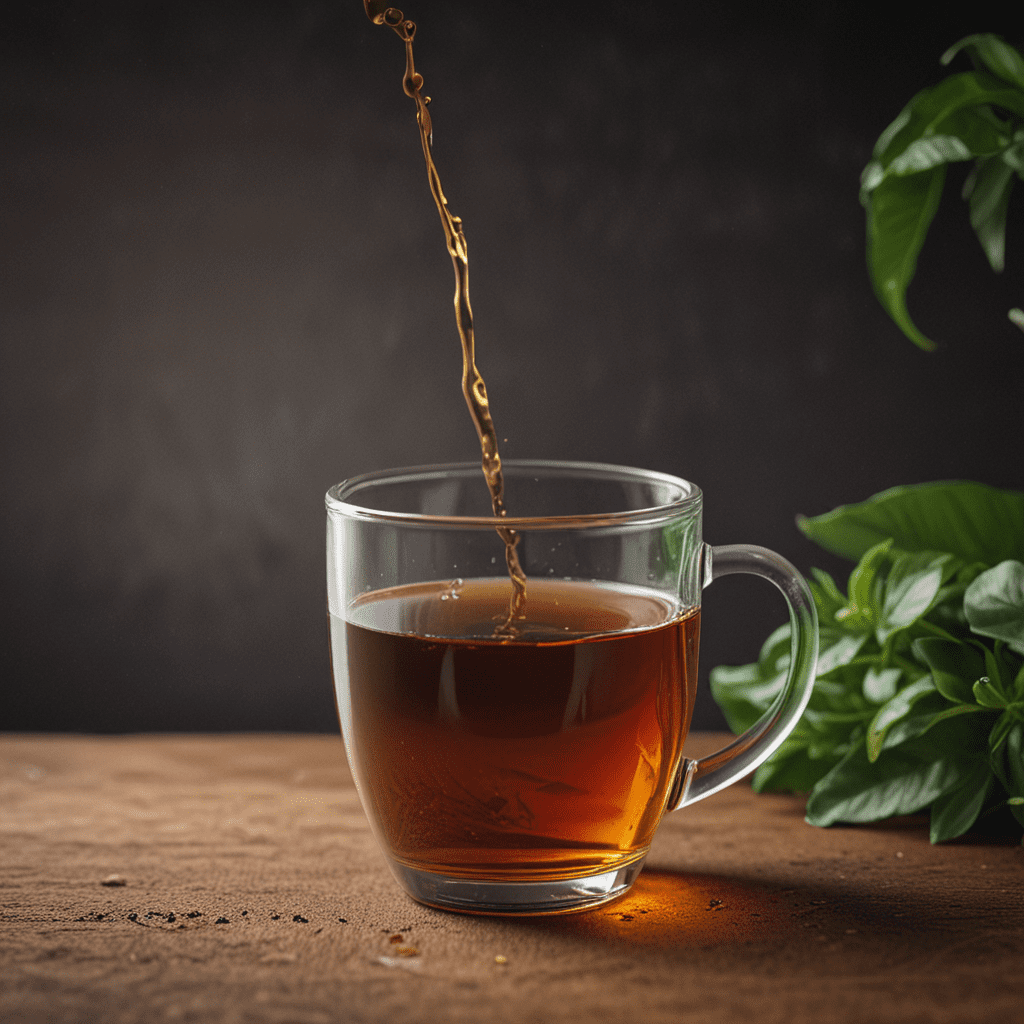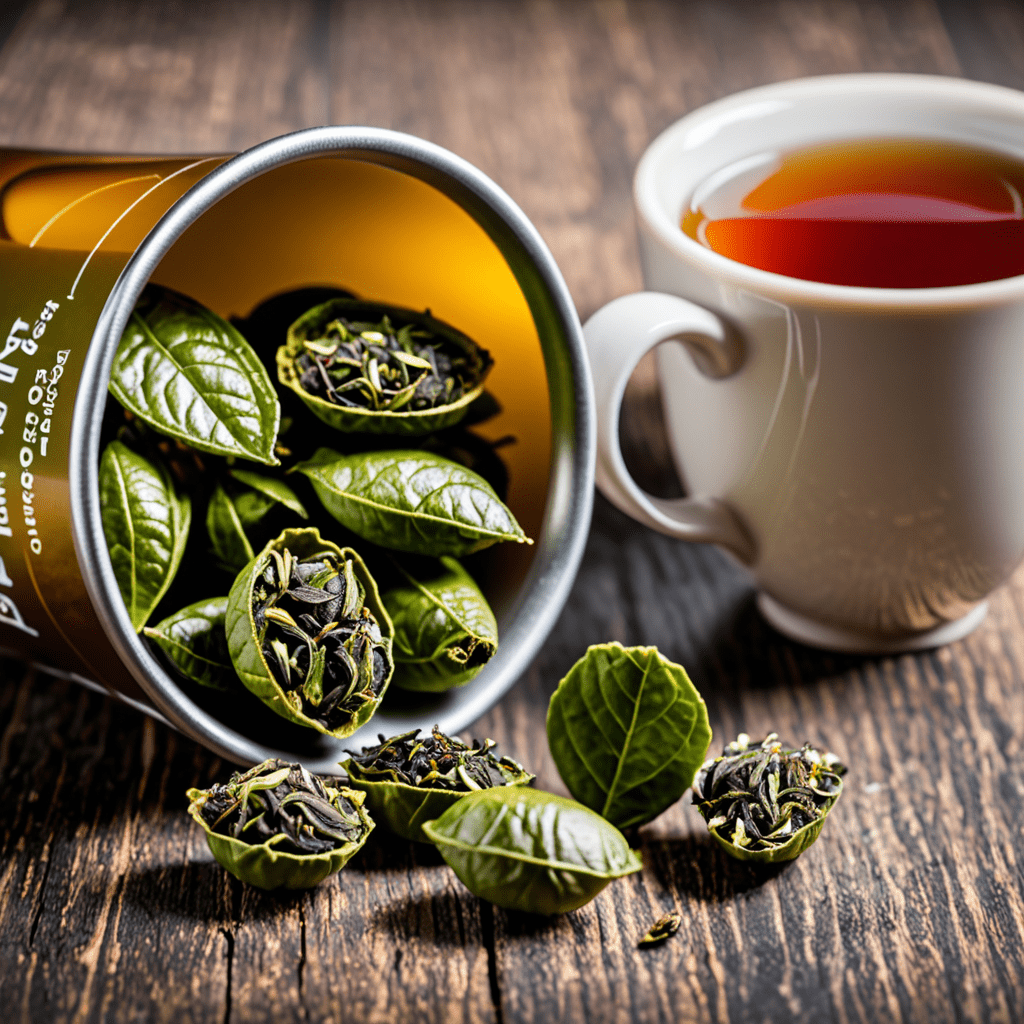Chai: A Culinary Adventure
Chai, a beloved beverage that has captivated palates worldwide, is an aromatic symphony of spices and tea. Its origins lie in the ancient traditions of India, where it has been enjoyed for centuries. Chai's journey from its humble beginnings to its global acclaim is a testament to its captivating flavors and versatility.
Origins of Chai Tea: A Rich Tapestry of Spice and Culture
Chai's roots can be traced back to the Indian subcontinent, where it is believed to have originated as a medicinal drink. Over time, it evolved into a cherished social beverage, deeply intertwined with the cultural fabric of the region. Chai blends typically consist of a base of black tea, infused with a captivating blend of spices including ginger, cardamom, cinnamon, cloves, and black pepper.
The Essential Spices of Chai: Unveiling the Symphony of Flavors
The quintessential flavors of chai lie in its carefully chosen spices. Ginger, with its invigorating warmth, adds a spicy kick. Cardamom, known as the "queen of spices," contributes a subtly sweet and aromatic note. Cinnamon, with its woody and sweet overtones, provides a comforting balance. Cloves, with their distinct and assertive flavor, add a touch of depth and complexity. Black pepper, used sparingly, delivers a hint of heat and complexity.
Chai Variations: A Global Exploration of Diverse Delights
Chai has transcended its Indian origins to become a beloved beverage enjoyed around the world. As it traveled across continents, it encountered regional influences, leading to a myriad of variations. In some cultures, chai is enriched with milk or cream, adding a creamy texture and mellowing its spiciness. Others introduce sweeteners like honey or sugar to enhance its sweetness. Chai's global appeal is a testament to its adaptability and the endless possibilities it offers for creative exploration.
Preparing Chai: Rituals and Traditions of Brewing the Perfect Cup
Brewing chai is a ritual steeped in tradition. Traditionally, it is prepared by simmering loose-leaf black tea with a muslin bag filled with the spice blend in a pot of milk or water. This allows the flavors to meld and develop, creating a rich and aromatic brew. In some regions, chai is prepared with strong black tea and served with a side of frothed milk to allow for customization. The preparation of chai is a moment of mindfulness and a reflection of its cultural significance.
6. Chai and Health: Exploring Its Medicinal Properties
Chai is not only a delectable beverage but is also renowned for its potential health benefits. The spices used in chai have been traditionally employed in Ayurvedic medicine for their therapeutic properties. Ginger is believed to aid digestion, reduce inflammation, and boost immunity. Cardamom is known for its antioxidant effects and may help improve heart health. Cinnamon is said to regulate blood sugar levels and lower cholesterol. By combining these spices with the antioxidants found in tea, chai becomes a potent elixir with potential health benefits.
7. Chai's Cultural Impact: From Tea Gardens to Global Craze
Chai has transcended its humble origins to become a global phenomenon. It has played a significant role in cultural exchange, fostering connections between diverse societies. In India, chai is an integral part of daily life, enjoyed in homes, tea stalls, and bustling markets. Its popularity has spread worldwide, with chai cafes and specialty tea shops popping up in major cities across the globe. Chai has become a symbol of warmth, comfort, and cultural diversity, bringing people together over a shared love for this aromatic beverage.
8. Modern Interpretations of Chai: Innovation in a Timeless Beverage
Contemporary interpretations of chai have emerged, pushing the boundaries of its traditional flavors. Chai lattes, with their creamy texture and frothy milk, have become a popular variation. Chai-infused desserts, such as chai panna cotta and chai cupcakes, offer a delightful twist on classic sweet treats. Mixologists have also experimented with chai, creating innovative cocktails and mocktails that showcase its versatility. These modern interpretations demonstrate the enduring appeal of chai and its ability to adapt to changing tastes and trends.
9. Chai's Enduring Legacy: A Timeless Elixir Across Continents
Chai's legacy extends far beyond its origins, becoming a cherished beverage across continents. Its ability to evoke nostalgia, comfort, and cultural connection has ensured its enduring popularity. Whether enjoyed in its traditional form or reimagined in modern interpretations, chai continues to captivate palates worldwide. Its timeless flavors have left an indelible mark on the global tea scene, solidifying its place as a beloved and versatile beverage.
10. The Future of Chai: Evolving Flavors and Emerging Trends
As the world of tea continues to evolve, chai is poised to remain a prominent fixture. Emerging trends, such as the exploration of new spice combinations and the incorporation of local ingredients, will shape the future of chai. Sustainability and ethical sourcing are also becoming increasingly important factors in the production and consumption of chai. By embracing innovation while honoring its rich traditions, chai will continue to delight and inspire tea enthusiasts for generations to come.
FAQs
What is the difference between chai and tea?
Chai is a type of tea that is made with a blend of black tea and spices such as ginger, cardamom, cinnamon, cloves, and black pepper. It is typically served with milk or sugar.What are the health benefits of chai?
Chai contains antioxidants and spices that have been traditionally used in Ayurvedic medicine for their therapeutic properties. It may aid digestion, reduce inflammation, boost immunity, and regulate blood sugar levels.How do I make chai at home?
To make chai at home, simmer loose-leaf black tea with a muslin bag filled with the spice blend in a pot of milk or water. Allow the flavors to meld for 10-15 minutes, then strain and serve.
What are some popular chai variations?
Chai variations include chai lattes, which are made with steamed milk and frothed milk, and iced chai, which is served cold. Some variations also incorporate additional spices, such as nutmeg or saffron.Where can I find chai?
Chai can be found in tea shops, cafes, and grocery stores. It is also available in tea bags and loose-leaf form.


